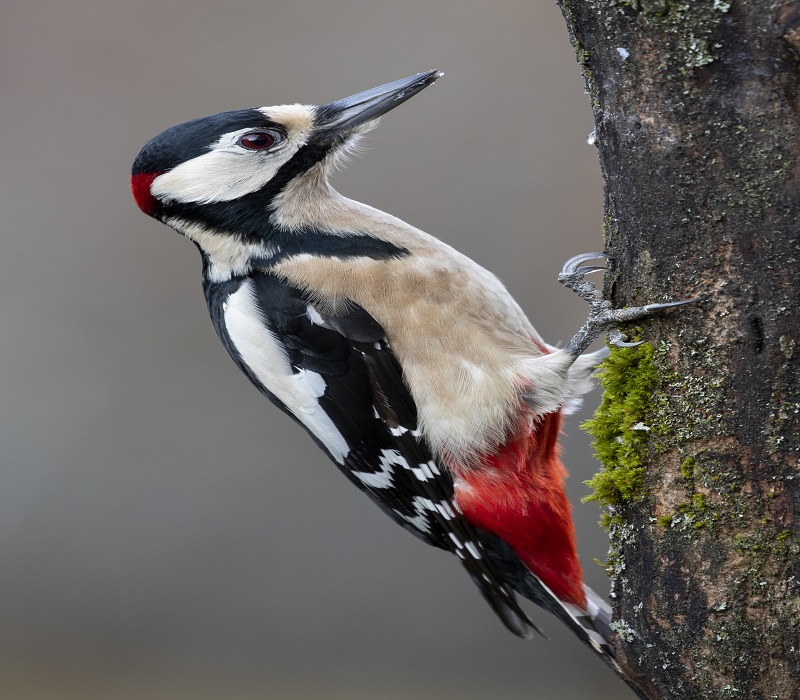Introduction
Crested woodland birds are among the most visually striking and ecologically important avian species inhabiting forested environments across the globe. These birds are characterized by the distinctive crests on their heads, which can serve as tools for communication, camouflage, and mate attraction. Found in a variety of wooded habitats, from temperate forests to tropical jungles, crested woodland birds are a diverse group worth exploring in detail.
What Is a Crested Woodland Bird?
A crested woodland bird refers to any bird species that:
- Inhabits forested or woodland ecosystems, and
- Possesses a crest—a tuft of feathers on the top of the head that can often be raised or lowered.
These birds belong to multiple families and genera, which means “crested woodland bird” is a functional grouping rather than a taxonomic one. Their crests vary in size, color, and function, and they often play a role in social signaling and mating displays.
Popular Examples of Crested Woodland Birds
Here are some iconic crested woodland birds found around the world:
1. Crested Tit (Lophophanes cristatus)
- Habitat: Coniferous forests of Europe
- Crest Function: Displays during mating and territory defense
- Notable Feature: Black-and-white crest with a distinctive facial pattern
2. Hoopoe (Upupa epops)
- Habitat: Open woodland, grassland with scattered trees
- Crest Function: Raised in alarm or during displays
- Notable Feature: Fan-like crest and long curved bill
3. Great Curassow (Crax rubra)
- Habitat: Tropical rainforests of Central and South America
- Crest Function: Sexual dimorphism; males have more ornate crests
- Notable Feature: Bold crest and heavy body
4. Tufted Titmouse (Baeolophus bicolor)
- Habitat: Deciduous and mixed forests in North America
- Crest Function: Expresses excitement and aggression
- Notable Feature: Soft gray feathers and friendly demeanor
Ecological Role of Crested Woodland Birds
Crested woodland birds are integral to forest ecosystems:
- Seed Dispersal: Many consume fruit and help disperse seeds.
- Insect Control: They feed on insects and pests.
- Nesting: Their nesting habits create opportunities for other species.
- Bioindicators: Sensitive to habitat degradation, they often reflect ecosystem health.
Adaptations for Woodland Life
These birds are finely adapted for life in dense forest canopies:
- Crests for Communication: Used in mating, aggression, or alarm displays
- Camouflaged Plumage: Helps them blend into wooded backgrounds
- Agile Movement: Many are quick and nimble, adapted for navigating branches
Threats to Crested Woodland Birds
Despite their adaptability, crested woodland birds face numerous threats:
- Deforestation: The leading cause of habitat loss
- Climate Change: Alters food sources and migratory patterns
- Illegal Pet Trade: Especially for exotic crested species
- Pollution: Pesticides and noise disrupt natural behaviors
Conservation Efforts
Organizations worldwide are working to protect woodland birds:
- Habitat Preservation: Creation of forest reserves and national parks
- Bird Monitoring Programs: Tracking populations and migrations
- Environmental Education: Raising awareness about woodland biodiversity
- Reforestation Projects: Planting native trees to restore habitats
How to Spot a Crested Woodland Bird
Birdwatching tips:
- Time of Day: Early morning is best for activity
- Location: Forest edges, trails, and clearings
- Equipment: Use binoculars and a bird field guide
- Sounds: Learn their unique calls and songs
Conclusion
Crested woodland birds are not only a treat for birdwatchers and nature enthusiasts but also serve as crucial players in their ecosystems. From the striking hoopoe to the charming tufted titmouse, these birds showcase the incredible diversity of avian life within our forests. Protecting their habitats ensures that future generations will also be able to admire their beauty and benefit from the balance they help maintain in nature.












